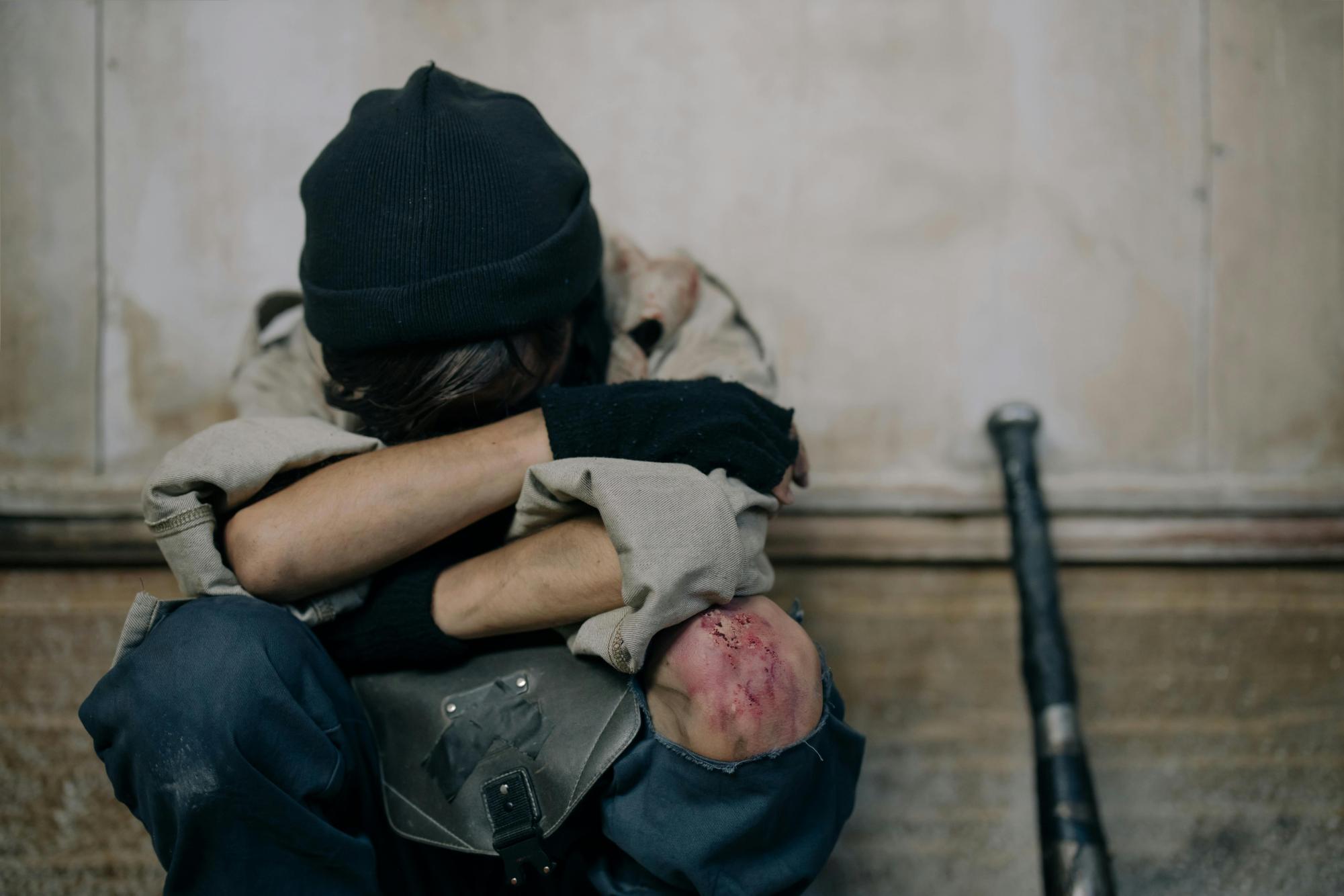Beneath the spotlight of athletic success lies a complex truth: high-intensity sports often come with long-term health consequences. While participating in sports offers many benefits, it may also lead to chronic injuries, overtraining and lasting physical and mental strain.
Senior volleyball and basketball player Teagan Greer has dealt with serious long-term injuries that have forced her to step back before returning to peak performance.
“Some of the most common injuries have to do with lower body,” Greer said, “like twisted ankles, sprained knees and shin splints.”
Repeated injuries can increase an athlete’s risks of long term health issues, eventually wearing down key areas of the body.
“Studies have shown that athletes who have participated in high intensity sports with joint damage have a higher risk of developing arthritis, torn ligaments or cartilage and even broken bones,” Flor Mena, a nurse at San Francis Hospital said.
Athletes who train intensely over long periods may experience athletic burnout, or overtraining syndrome. The condition leads to fatigue and can create anxiety about re-injury that affects how well they play.
“I’ve had my fair share of injuries and returning to sports after them is not easy,” Greer said. “When you start playing after recovering it comes with an overwhelming feeling of nervousness that you are going to hurt yourself again and that causes you to play scared. It’s exhausting trying to balance all these thoughts inside your head and get rid of the negative thoughts.”
Each sport requires different recovery strategies, but a smooth, restful healing process is essential for returning to full performance.
“It all depends on the type of injury,” Greer said. “Some can be treated with just ice and lots of rest and more serious injuries might require physical therapy. It’s important not to rush your recovery as much as you want to get back to playing. Healing yourself so you don’t injure yourself more.”
For athletes, knowing when to push and when to rest is crucial, especially during a demanding season.
“The way to balance everything is to make sure you are taking care of yourself,” Greer said. “Sports are a great way to exercise, build strength and become mentally tough. With the constant use of your body you can become run down and you can be dealing with small injuries you don’t even know about. Which can later lead to problems with your well being. If you take care of your body with enough rest, sports will always be worth it in the long run.”
High-intensity athletes often suffer joint damage, including torn ligaments and tendons. Physical therapy and rest can support recovery, but the process takes time.
“Physical therapy can play a pivotal role to help torn joints recover by alleviating pain,” Mena said. “It can also help the athlete regain mobility and prevent permanent damage to the joints.”
High-intensity sports can affect athletes both physically and mentally, bringing moments of release, as well as stress.
“Positive effects that sports can have on your mental health is a reduction of anxiety when exercising,” Greer said. “I know from personal experience that when playing your sport it’s sort of an escape from reality for a while and it’s just somewhere where you can focus on you. This can lead to good exercise habits when you get older as a way to reduce stress.”
Setting extreme goals or comparing oneself can take a real toll on mental health.
“Some negative things that could impact your mental health in the long run is the pressure you put on yourself,” Greer said. “Many athletes have spoken about body image issues. Trying to meet certain standards of being an athlete can heavily affect someone’s mental health because it’s easy to compare yourself to famous athletes or even your own teammates.”
Despite the risks, many athletes find strength and resilience by pushing their limits and embracing the challenges that come with their sport.
“If sports can teach you one thing, it’s that if you work hard enough to try to block out the negative thoughts or use them to fuel you then you can accomplish whatever you put your mind to and have fun doing it too,” Greer concluded.




